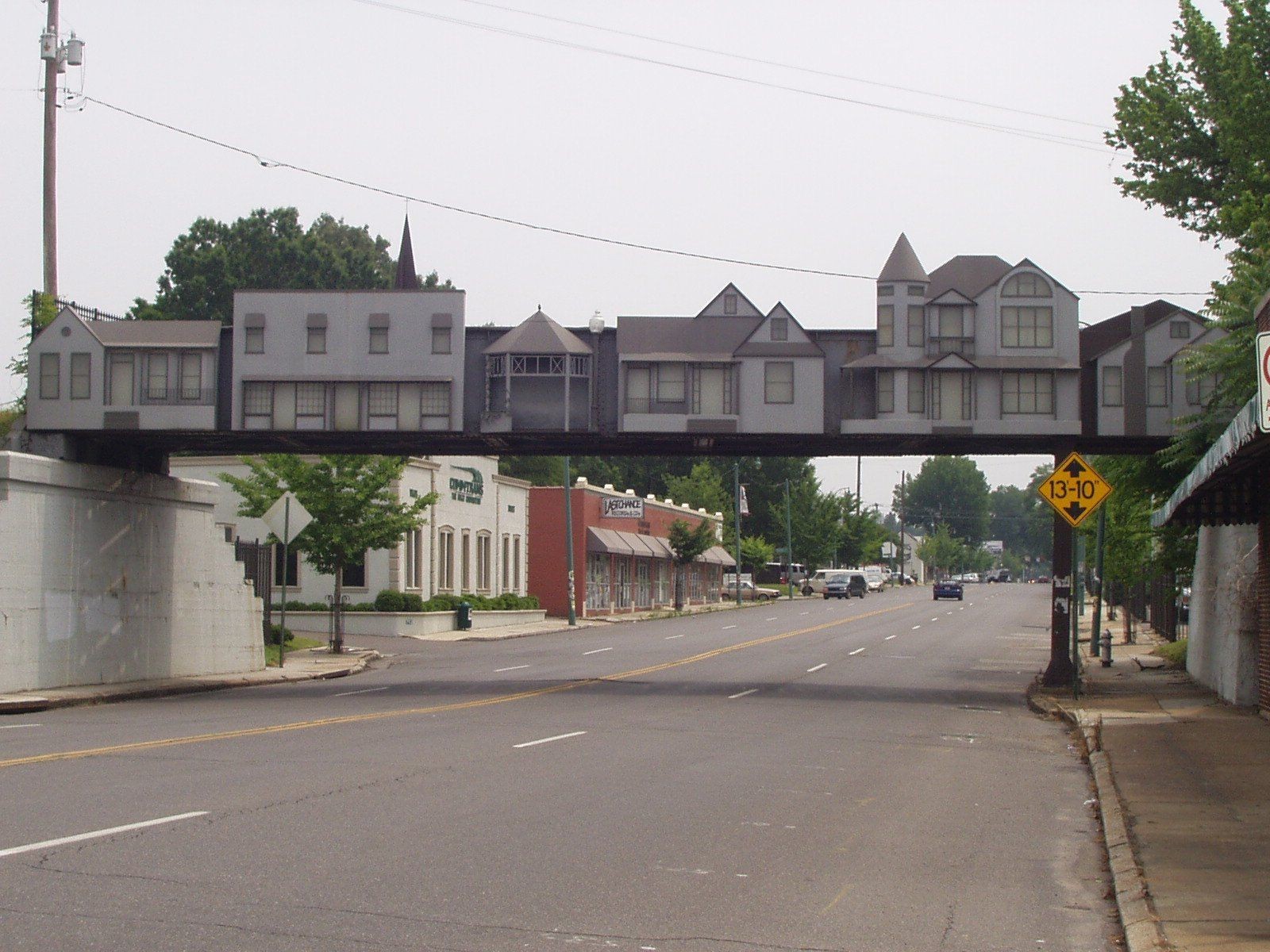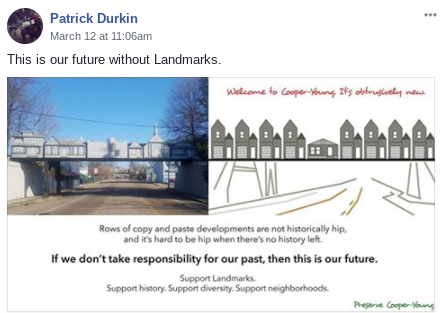
The Memphis City Council voted Tuesday to approve the long-sought historic overlay district status of Cooper-Young — but with a stipulation.
To the chagrin of some of the Cooper-Young residents in the crowd, the council agreed that, if approved, they would return in two weeks to create a new city ordinance clearing up some of the language in the guidelines.
Council member Kemp Conrad made a motion to approve Cooper-Young’s landmark status, conditional on the council creating an ordinance that will address the “major inconsistencies” in the historic guidelines.
[pullquote-1]
“It’s 300-plus acres, it hasn’t been done in 20 years, it’s a major policy issue, and it’s just not as simple as some people make it sound,” Conrad said, eliciting boos from residents.
Designating the neighborhood as a historic district allows the Memphis Landmarks Commission to regulate infill development projects, residential add-ons, and demolition in an area with just under 1,500 homes bounded by Central on the north, East Parkway on the east, Southern on the south, and McLean on the west.
Councilman Martavius Jones expressed concerns about the effect the historic designation would have on “regular, everyday taxpayers,” saying it will be a “greater burden” on them.
Under the guidelines, residents would have to appeal a disapproval by the Landmarks Commission in chancery court.
For example, if someone wants to build an add-on to their house, and the Landmarks Commission deems the change does not fit within historic guidelines, then that person would have to go through the chancery court process. There needs to be more “equitable relief” Jones said, citing the attorneys’ fees and other court-related costs.
After over an hour of discussion and debate, the council voted 7-3 in favor of the designation. Council members Frank Colvett Jr., Reid Hedgepeth, and Bill Morrison voted ‘no,’ while Chairman Berlin Boyd and Councilman Edmund Ford Jr. abstained.
Following the vote, cheers erupted from residents in the crowd who have been pushing for months to protect and preserve the historic characteristic of the neighborhood.
[pullquote-2]
“Skinny” houses, houses with front-facing garages, and ones without front porches are examples of infill projects that residents like Patrick Durkin, who runs the “Preserve Cooper-Young” Facebook page, say they’re against.

“We deserve positive and compatible development that supports our historically hip neighborhood,” Durkin said. “And I believe that the creation of the overlay district is the only way to protect our neighborhood.”
As the council is in the process of working on a new ordinance that will further define how historic districts operate, Cooper-Young will have historic protected because of a state law that says “sufficiently pending” legislation should be applied as law.